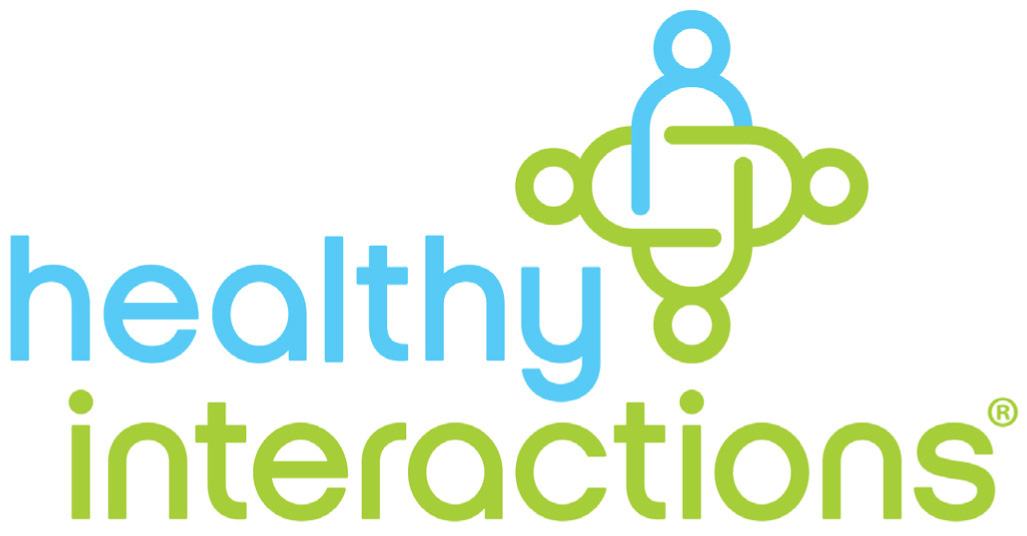HEALTHY CONNECTIONS: January 2016

Happy New Year from everyone at Healthy Interactions! The new year brings new goals and a renewed determination to make ourselves healthier and happier in the coming year. This month’s edition of Healthy Connections is about helping patients set “SMART-er” goals to improve their health that will can be maintained well into the new year and beyond.
Healthy Connections has been organized into two quick read sections:
 Connecting Resources & Information
Connecting Resources & Information
Making SMART goals SMART-er
We’ve all heard of the SMART framework for goal setting—Specific, Measurable, Achievable, Relevant, and Timely. SMART goals are a great framework for helping patients to generate realistic goals, but it is a framework, not a full action plan. Often, patients have no problem generating ideas around how to make their goal SMART. However, they usually struggle to deliver on these goals.
So, what can be done when our patients set SMART goals but struggle to execute them? Consider some of the following tips and strategies:
Set a goal-setting “moment”
New Year’s is not the only time to set goals. In fact, New Year’s resolutions are almost always associated with lofty and unrealistic goals and expectations. Instead of setting a “big” goal once a year, set goals with your patients at each visit. Consider asking, “What will you do differently before the next time we meet?”
Ask additional clarifying questions
Ask your patient some big picture questions and then ask some more pointed questions that will help to define specific, actionable steps. Consider asking, “How would you like to feel in 3 months?” Next ask, “What do you think needs to be done to feel that way?” and then, “What can I do to help you get there?” This way you can achieve true concordance—a partnership and agreement.
Celebrate attempts not just results
The act of changing needs to feel good for patients. So as an HCP, be sure to emphasize the positivity around your patient doing something good for themselves. Results may not always happen quickly or in the way a patient expects. Remember, one good feeling generates the next. You may also want to encourage patients to add “how I feel” to their monitoring journals.
 Connecting Within Our Community
Connecting Within Our Community
Healthy Interactions recently presented at the IDF World Diabetes Congress in Vancouver. The focus was on the Diabetes Conversations Programme that is developed in collaboration with International Diabetes Federation (IDF) and sponsored by Lilly. The Diabetes Conversation Map Tools – Delivering Diabetes Self-Management Education and Support (DSME/S) Around the World presentation was chaired by Sue Mclaughlin, Deputy Lead – Education and Integrated Care Stream & Chair – IDF DECS Committee and David Chaney representing IDF. The session was fully attended by educators from all over the world! The goal of the session was to highlight various success stories from around the globe where DSME/S is being implemented to improve the lives of people with diabetes.
Barbara Eichorst, our global Lead Facilitator, shared several examples of how the Conversation Map® tools were implemented by specific countries in varying ways. Specifically, Barbara highlighted how several countries had used the Diabetes Conversation Programme to (a) advocate on behalf of patients with diabetes, (b) improve the lives of patients with diabetes, (c) advance the reach of healthcare systems to their patients and (d) improve the knowledge and abilities of patients with diabetes.
Our next presenters, Sameer Pathan and Shilpa Joshi, offered their insights on the use of the Diabetes Conversation Programme in Sub-Saharan Africa and India. They expanded upon some of the various challenges in implementing the programme (i.e., distances, training of facilitators, creating organizational buy-in to the programme) and the steps taken to overcome the challenges to achieve success.
Finally, the entire group of attendees were offered an opportunity to engage in a Conversation Map session designed specifically for them by our Senior Program Developer, Chris Hohenberger. The subject of the Map was the role and the case for DSME/S around the globe. During the Map session, participants engaged in a dialogue about the key elements of DSME/S, where DSME/S is being used to improve the lives of patients with diabetes, what challenges implementers could face in getting DSME/S implemented, and sharing differing ways to overcome the challenges and successfully implement DSME/S.
To learn more about our global diabetes program, please visit https://www.idf.org/education/diabetes-conversations.


